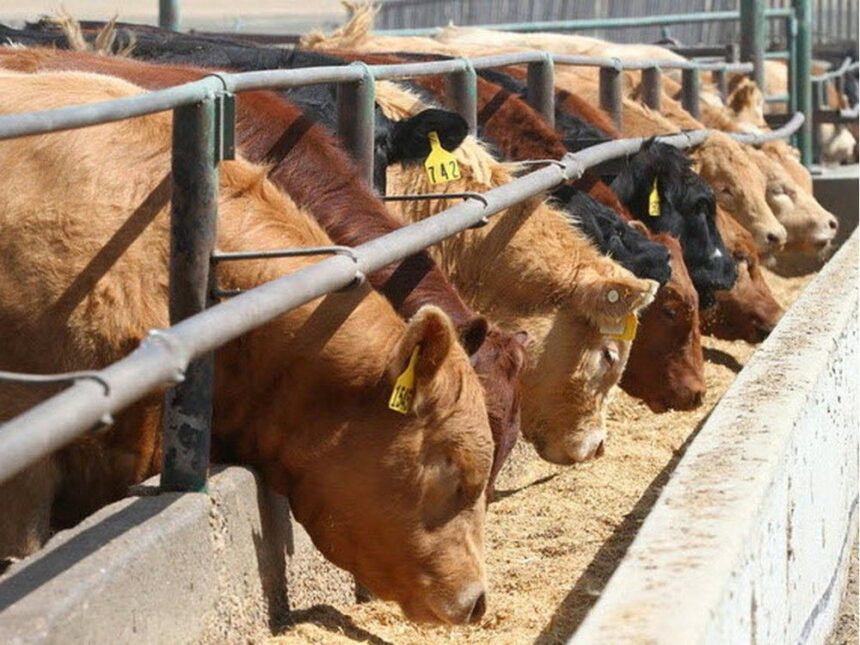The Canadian grocery landscape is experiencing a tale of two meats this spring, as beef prices continue their upward climb while pork costs offer a rare reprieve for cost-conscious consumers. According to the latest Statistics Canada data, these diverging price trends reflect complex market dynamics that are reshaping shopping habits across the country.
At supermarkets nationwide, beef prices have surged 5.4% compared to last year, continuing a pattern that has strained household budgets for several consecutive quarters. The increase affects everything from premium cuts to ground beef, with the latter seeing some of the steepest increases at certain retailers.
“We’re witnessing a perfect storm for beef pricing,” explains agricultural economist Dr. Marian Thompson. “Lingering effects of drought conditions in key cattle-producing regions, increased production costs, and strong export demand are all contributing factors keeping prices elevated.”
Meanwhile, pork has emerged as an unexpected bright spot for consumers, with prices falling by 4.1% year-over-year. This decline represents the most significant drop in pork prices in nearly three years, creating a substantial price gap between comparable beef and pork products.
Industry analysts attribute the pork price decline to several factors, including increased domestic production capacity, moderating feed costs, and shifting international trade dynamics. The reopening of certain export markets has helped stabilize the industry after several volatile years.
For Canadian households already grappling with persistent food inflation, these contradictory meat price trends are influencing purchasing decisions. Data from CO24 Business shows that many consumers are adjusting their protein preferences, with 38% of shoppers reporting they’ve increased pork consumption while reducing beef purchases in recent months.
“Consumers are demonstrating remarkable adaptability,” notes retail analyst Jordan Chen. “Rather than eliminating meat entirely, many are making strategic substitutions within their protein categories, particularly those on tight budgets.”
The situation has prompted some notable changes in Canada’s food retail sector. Major grocery chains have expanded their pork promotions, with feature space dedicated to pork products increasing by nearly 22% compared to this time last year. Simultaneously, many retailers are emphasizing value-oriented beef options and alternative proteins to accommodate budget-conscious shoppers.
Industry forecasters remain divided on whether these trends will continue through 2024. Some experts predict beef prices may begin to moderate by late summer as production adjusts, while others foresee continued pressure from input costs and environmental factors affecting the cattle industry.
For Canadian consumers navigating these shifting meat prices, the message from food economists is clear: flexibility and adaptability in meal planning will remain essential tools for managing grocery budgets in the months ahead.
As households continue adapting to these evolving market conditions, the question remains: will these contradictory meat price trends accelerate longer-term shifts in Canadian protein consumption patterns, or will traditional preferences reassert themselves once the economic pressures ease?


















